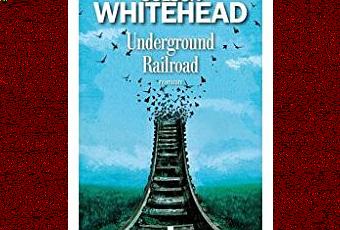

Ta-Nehisi Coates suggests something similar in The Water Dancer. For acknowledging the past is the only way to confront the present. Most of Black history erased, and their geography eclipsed from view, Whitehead colours his story based on what is known: the unimaginable cruelty of the oppressors and the untold resilience of the enslaved. The fictional, even fantasy, elements call attention to themselves in an eschewal of history's - to repurpose Michael Dummett's phrase - "colourless reductionism". Though The Underground Railroad is a work of fiction, Whitehead never discounts the truth to the lived experiences of the enslaved. Is California going to pay Black people billions of dollars in reparations for slavery? Watch: Giant alligator gets scared of robot camera inside Florida drain, makes a dash for life Through her journey, Whitehead surveys the dehumanising experiences under slavery in the antebellum South. A whole subway system, operating below farms and houses, ferries young Cora from state to state. Colson Whitehead, in his 2016 novel The Underground Railroad, literalises the metaphor. The Underground Railroad has come to epitomise the abolitionist movement in the American consciousness, as writers compel the country to confront its darkest chapter. They were all often dressed in disguise and communicated through code.Īnd the metaphor sure caught on. Those who sheltered them were referred to as "station masters". The runaways en route were called "passengers", and "cargo" on arrival at safe houses.

"Conductors", the most storied of them being Harriet Tubman, were the guides. On account of the way this resistance movement functioned, it was referred to as the “Underground Railroad.” Though it was neither underground nor an actual railroad, it spoke to its clandestine nature and its hierarchy. Guided northward by freed slaves and abolitionists through secret routes from safe house to safe house, an estimated thousand enslaved people found freedom each year. Slave owners, bounty hunters and white authorities hot on their heels, they had to navigate treacherous terrain by day and night to set back those in pursuit. Under the cover of darkness, the enslaved people of America fled further North in search of freedom.


 0 kommentar(er)
0 kommentar(er)
